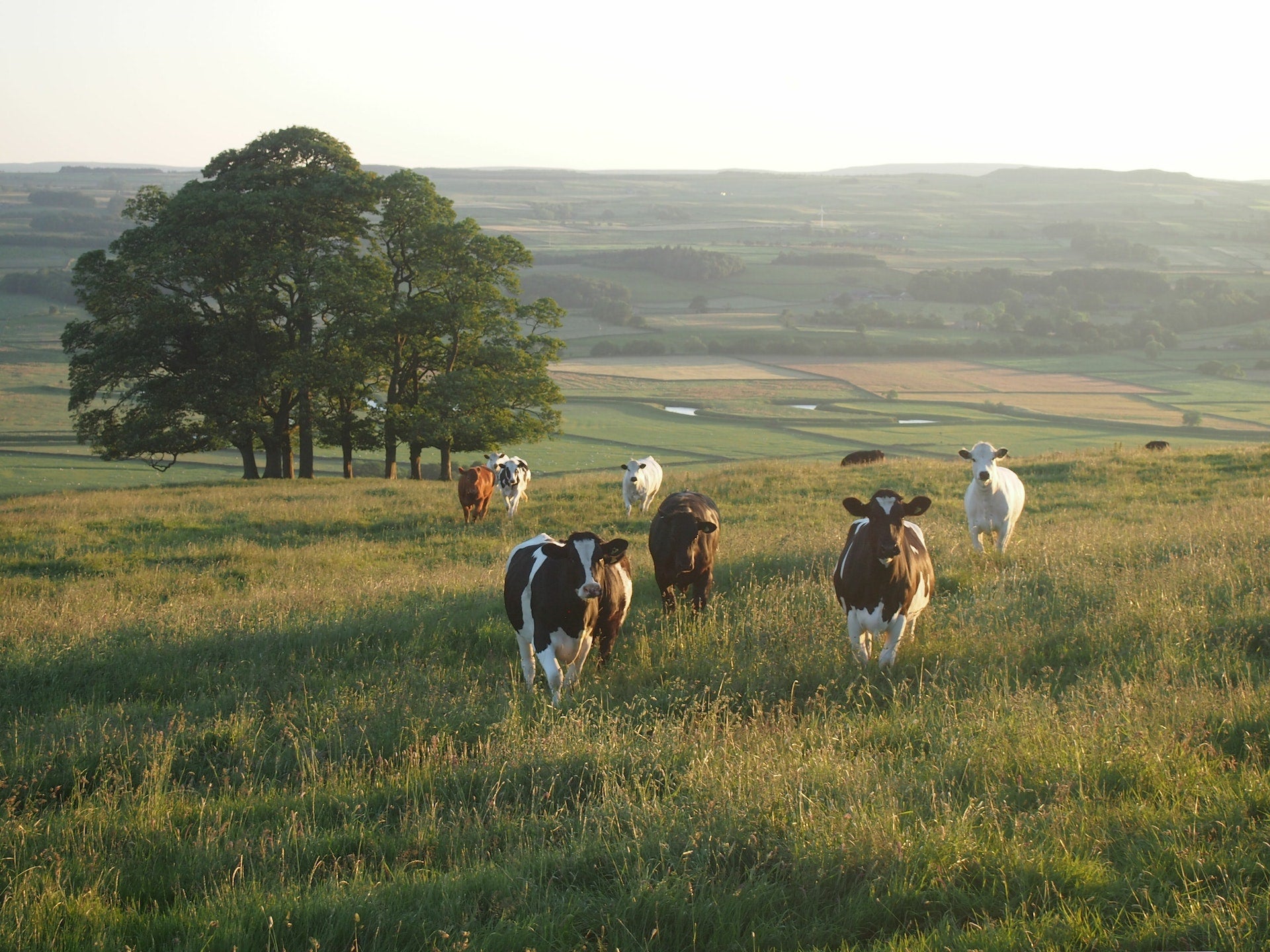Meat can be both extremely medicinal, anabolic, and beneficial for someone's health, or inflammatory and potentially harmful. It all depends on how you use it, and how you source it.
For reference - meat in this context means muscle meat. Such as: chicken breast, steaks, chops, roasts, ground, and so forth.

Meat, and especially grass-fed or wild red meat such as beef, bison, buffalo, elk, and venison are amazing sources of bioavailable protein (amino acids), B vitamins(B12, B6, B3, B2), Zinc, Choline, Selenium, Betaine, Potassium, and peptides carnosine and carnitine, and even plant phytonutrients like terpenes, depending on the type of grass and pasture the animal has access to.
But - meat is very high in a few things that must be balanced out, and not over-consumed in order to achieve a long term, sustainable health benefit from it.
Meat Drawbacks - high amounts of:
1. Phosphorous
2. The amino acids: tryptophan, cysteine, methionine
3. Iron
**Important note: Many grains, legumes vegetables, nuts, and seeds have the same drawbacks.
1. In 8 ounces, or about 225g of beef - there is about 500mg of Phosphorous. This needs to be balanced by Calcium intake with at least a 1:1 ratio.
If Phosphorous (P) intake is high with unmatched Calcium (Ca) intake - the following happens:
- Parathyroid Hormone (PTH) rises
- PTH pulls calcium out of the bone into the blood to balance out Ca:P; resulting in soft tissue calcification, and bone density loss (think stiff muscles/tissues and osteo- conditions, arterial calcium buildup, kidney stones)
- Active 1,25(OH)D (calcitriol) form of Vitamin D rises, to which the storage 25(OH)D (cholecalciferol) is a precursor, and therefore it is not surprising that this value could fall when all of this is happening. The latter is the only Vitamin D molecule that 'Doc' tests you for, and then tells you that you have low Vitamin D and need to take more D3 (cholecalciferol)
2. Amino acids are the chemicals that make up 'protein'. All protein is a collection of varying amino acids, in various amounts.
Tryptophan and Methionine are essential amino acids (EAAs), meaning the body cannot produce them, and must be supplied by the diet. Non-essential amino acids can be produced by the body, when all the EAAs are present.
Meat has all of the EAAs, but is especially high in tryptophan, methionine, and cysteine.
When consumed in high amounts, unbalanced by a wider variety of amino acids, these three can be inflammatory, stressful, anti-metabolic, anti-thyroid, and eventually toxic.
Under stress, or carbohydrate depletion, the body releases tryptophan and cysteine from our tissues into the bloodstream as part of a 'backup' energy production system.
Tryptophan specifically - is the precursor to serotonin. When elevated beyond baseline, serotonin is inflammatory, immunosuppressive, and promotes cortisol production.
Eating meat or other food high in these amino acids has a similar effect as it floods the bloodstream with them.
The greatest way to restore balance is by returning to a more traditional "nose-to-tail" eating style, as roughly 50% of the protein in an animal is gelatin. Gelatin is void of the inflammatory amino acids, and high in glycine, proline, and alanine.
Glycine itself is anti-fibrotic, anti-inflammatory, anti-stress, and overall protective. It's closely connected to the neurotransmitter GABA, which is responsible for relaxation, reducing stress, and other inhibitory type function.
3. Iron is a long story. But as a basic overview it's important to know the following:
- Iron is an essential mineral
- However, Iron is in just about everything you eat
- Copper, and the other trace minerals such as selenium, zinc, iodine etc have influence in the balance and regulation of iron
- Vitamin A (retinol) helps play a role, along with the trace minerals, to form mineral binding proteins that allow the mineral balance to take place
- Iron overload can cause or exacerbate many forms of disease and dysfunction
- Iron combines with Polyunsaturated Fatty Acids (PUFA) to create lipofuscin (see "Omega 3s are Toxic blog post)
All humans have an iron recycling system, called the "reticuloendothelial system (RES)"
Because of this recycling system, although the body uses around 24mg of Iron per day - it only loses 1mg, the rest is recycled. That means we only need 1mg by absorbed consumption at most - which may mean 5-15mg depending on how much is absorbed (many variables there).
So, whether it is through meat or not, iron intake is unavoidable. Its in grains, its in legumes, eggs, meat, vegetables, you name it.
What happens when you have too much iron? Iron oxidizes, and turns into what is basically rust in our body. This suffocates our cells, and prevents proper energy, tissue, and organ function. It could be the cause of any condition.
The best way to mitigate the damages of iron overload is through the consumption of trace mineral rich foods, and Vitamin A rich foods.
With all the above said, here are the best ways to mitigate and balance out the downsides of meat consumption, so that it can be a massively valuable part of your diet.
Simple solutions:
1. Increase Calcium intake from dairy foods, especially on days of eating meat. Milk, cheese, yogurt, and so forth.
2. Consume collagen/gelatin sources alongside meat. Bone broth (homemade or store-bought, or bone broth concentrate found online), gelatinous cuts of meat like oxtail and shank, grass-fed bovine gelatin powder, collagen.
3. Incorporate high copper, selenium, zinc and Vitamin A foods in the diet as much as possible. This includes beef liver, shellfish, fruit, and bee pollen for copper. Liver, butter, eggs, whole milk, and other dairy fat sources for Vitamin A.
4. Final note: Protein has a blood sugar lowering effect, so always consume it paired with a carbohydrate source, which will raise and help stabilize blood sugar. Fruit, honey, squash, potatoes, white rice, craft soda, etc.
This is another point for learning to get back to balance, and the harmony that exists within nature and all of the foods we have available. Consuming the whole animal, nose-to-tail, organs and all, dairy, fruits and vegetables, will ensure we get lots of trace minerals, Vitamin A, the right amount of iron (accounting for intake and inhibitors), Calcium to balance phosphorous, gelatin to balance muscle, and protein to balance carb. How great is that.
References:
1. Rodriguez, et al (2012). FGF23 and mineral metabolism, implications in CKD-MBD.
https://www.researchgate.net/publication/224971667_FGF23_and_mineral_metabolism_implications_in_CKD-MBD
2. Root, A. W., (2018). Genetic disorders of calcium, phosphorus, and bone homeostasis
https://www.researchgate.net/publication/324509706_Genetic_disorders_of_calcium_phosphorus_and_bone_homeostasis
3. Peat, R. (2009). Gelatin, stress, longevity.
http://raypeat.com/articles/articles/gelatin.shtml
4. Knutson, M., & Wessling-Resnick, M. (2003). Iron Metabolism in the Reticuloendothelial System. Critical Reviews in Biochemistry and Molecular Biology, 38(1), 61–88. doi:10.1080/713609210
https://sci-hub.st/10.1080/713609210


